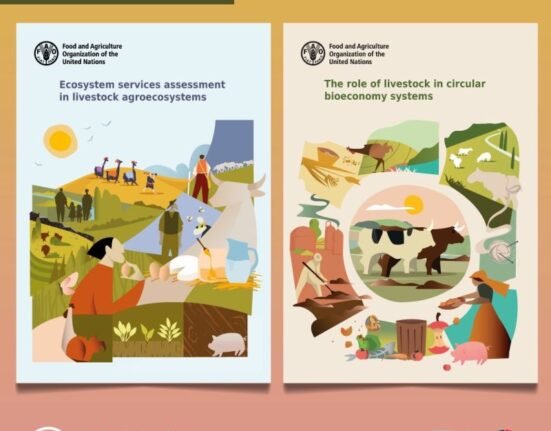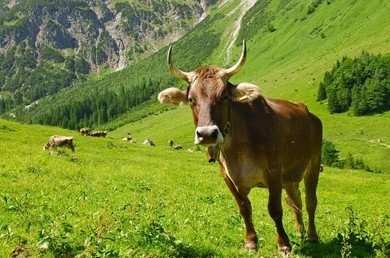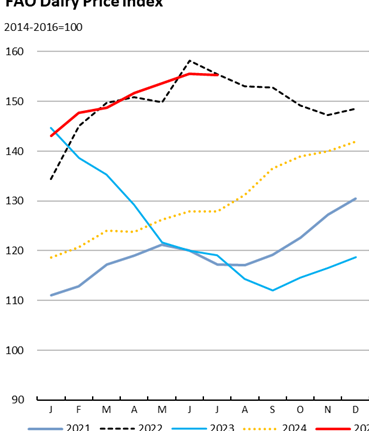April 15, 2025 ŌĆö Dairy Dimension Desk
Cattle futures on the Chicago Mercantile Exchange (CME) climbed higher on Tuesday, buoyed by firmer boxed beef prices and a more stable U.S. equity market. The move comes as traders anticipate fresh insights from the USDAŌĆÖs upcoming cattle-on-feed report and retailers ramp up meat buying ahead of grilling season.
ŌĆ£ItŌĆÖs a matter of the market finding more stability after a week of a lot of volatility that was tied to outside markets,ŌĆØ
ŌĆö A leading Dairy, Economist,┬Ā
CME June live cattle futures closed at 199.8 cents per pound, up 0.725 cent, while May feeder cattle rose 1.575 cents to 282.525 cents per pound. Analysts say short coveringŌĆötraders exiting bearish positionsŌĆöalso added lift ahead of the USDAŌĆÖs Thursday data release.
¤ōł Understanding CME Cattle Futures: Why It Matters
CME (Chicago Mercantile Exchange) cattle futures are standardized contracts that allow producers, processors, and investors to buy or sell live or feeder cattle at a predetermined price for a future date. These futures serve two main purposes:
-
Risk Management (Hedging):
Ranchers and feedlot operators use futures to lock in prices ahead of time, protecting themselves from market swings. -
Price Discovery:
Futures prices act as a benchmark for expected market trends, offering real-time signals on cattle supply, demand, and profitability.
Live cattle futures typically track full-grown cattle ready for slaughter, while feeder cattle futures reflect younger cattle that will be placed on feedlots. Movements in these markets influence pricing strategies across the U.S. meat supply chainŌĆöand impact global protein markets, including Indian exporters tied to U.S. price signals.
¤ź® Boxed Beef Trends & Retailer Activity
USDA data showed choice boxed beef edged down by just 20 cents to $335.43 per hundredweight (cwt), while select cuts fell 61 cents to $315.24 per cwt, indicating still-strong underlying demand. Analysts note a seasonal uptick in retailer buying as consumers gear up for spring and summer grilling.
ŌĆ£Retailers may be stocking up ahead of grilling season,ŌĆØ
ŌĆö an analyst said, reflecting on meat demand trends.
The sentiment was echoed by steady pork prices, though pork carcasses were down $1.05 at $91.73 per cwt. June lean hog futures inched up to 95.175 cents per pound, supported by broader equities market recovery and optimism around potential trade policy changes.
¤Éä Implications for Indian Livestock Exporters & Dairy Players
While the CME cattle complex may seem distant, its movements ripple globally. For Indian exporters of buffalo meat or allied protein products, U.S. futures offer early cues on pricing trends and demand shifts in major consuming regions. Additionally, the dynamics between live cattle and feed costs indirectly affect global feed grain pricingŌĆörelevant for dairy operators managing cattle rations.
IndiaŌĆÖs growing integration into global protein marketsŌĆöfrom dairy proteins to livestock feedŌĆömeans understanding CME trends isnŌĆÖt just for traders, but also for dairy planners and feed strategists at home.
Note: ¤ÆĪ Note: 1 U.S. hundredweight (cwt) = 45.36 kilograms
So, $335.43 per cwt Ōēł $7.39/kg, and $315.24 per cwt Ōēł $6.95/kg







